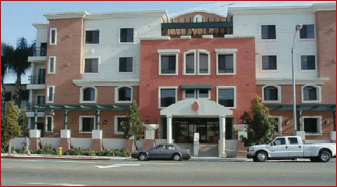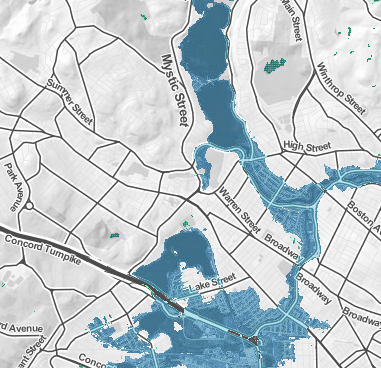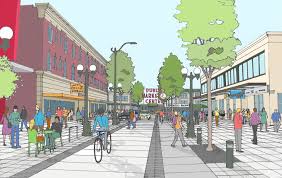This timely report on the question of affordable housing vs. density comes from the California Dept. of Housing & Community Development and mirrors the situation in the region surrounding Arlington MA.
Interview with Aaron Clausen, AICP; City of Beverly, Director, Planning and Community Development
(Comments presented to the Arlington Redevelopment Board and Select Board during a public hearing on Jan 13, 2020)
(Contributed by Ben Rudick and Steve Revilak)
Jennifer Susse authored this letter on January 20, 2020. Ms. Susse is a member of the Arlington School Committee and a Town Meeting Member. She closely follows the costs and demographic trends of school enrollment and of Town finances.
Climate Central’s Surging Seas global Risk Zone Map provides the ability to explore inundation risk up to 30 meters across the world’s coastlines as well as local sea level rise projections at over 1,000 tide gauges on 6 continents.
Seattle finds new tools to preserve neighborhood character in the Pike / Pine Corridor of the city. Arlington has its own neighborhood districts that are now being re-thought with new planning for the neighborhoods’ future. These include the Broadway Corridor, the Mass Ave. Transit Corridor and Arlington Heights.
This letter appeared in the Boston Globe on Dec. 19th. It’s reprinted
here with permission from the author, Eugene Benson.
from Karen Kelleher, Reporter
Prof. Christophe Reinhardt runs the MIT Sustainable Design Lab. On Nov. 25, 2019 he gave a very interesting presentation, including talk and slides, that shows a pathway to make more housing, all kinds of housing, and greater housing density both more palatable in Arlington, and actually desirable. He also stressed the importance of paying attention to housing now in order to meet the climate change challenge. Charts (starting about 10 min in) show how drastically we need to reduce our carbon footprint to reach net zero by 2050. Buildings today account for about 40% of our carbon emissions world wide. What we build today will likely be around through 2050.


